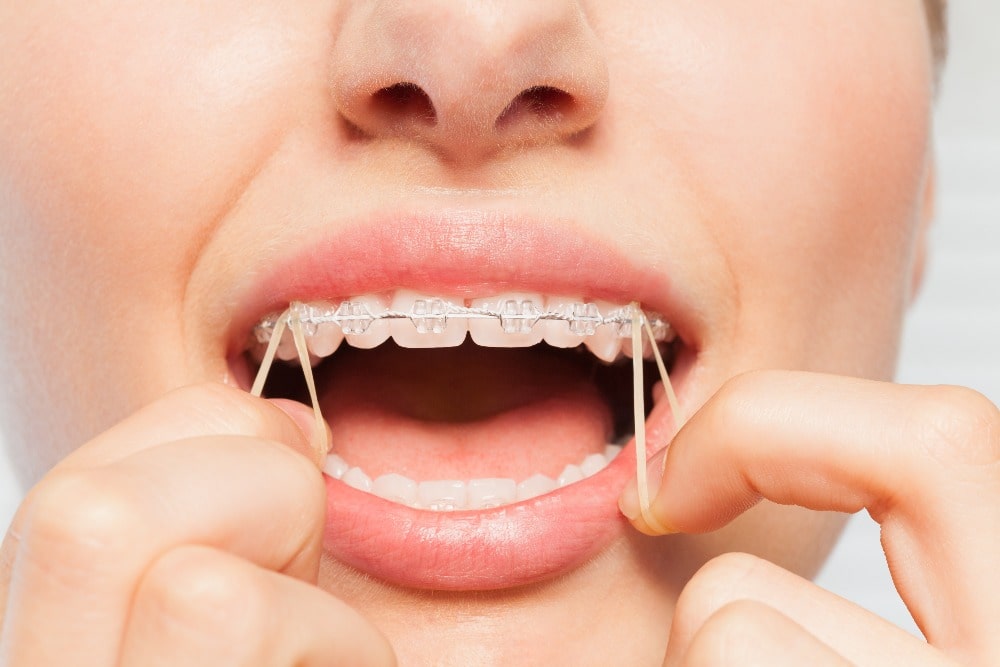

Why Your Orthodontist Might Recommend Elastics with Braces
One of the many great aspects of getting orthodontic treatment from Crescent Orthodontic Specialists is your treatment plan will be personalized to meet your specific needs. While our orthodontic specialists are well trained and educated to handle a wide range of issues, no two patients are the same. One thing that could be different about your treatment plan compared to other patients is you might need elastics with your braces.
What Are Elastics?
There are two types of elastics you might have as part of your orthodontic treatment. The most common type of elastics is the ligatures that attach the wires to the brackets on your teeth. The other type of elastics you could get are more like rubber bands, but not just any rubber band will do. These specialized orthodontic elastics attach to hooks located on some of the brackets between your upper and lower jaw. If your orthodontist recommends using elastics as part of your orthodontic treatment, they will be a major part of helping you gain a better smile.
Why You Might Needs Elastics
So what’s the point of putting rubber bands in your mouth? Believe it or not, these little rubber bands will end up making a big difference. The main purpose of including rubber bands in the alignment process is to fix underbites and overbites. While the brackets, archwires, and ligatures can all work together to fix crowding, excess space, and crooked teeth, they won’t be able to fix jaw misalignment. If you have an underbite or an overbite, you will need interarch rubber bands to create the pressure to move the jaw into the right position.
How Elastic Bands Work
When you have a healthy bite, your upper jaw fits a little bit outside of your lower jaw, with the upper jaw positioned noticeably in front of your lower jaw. An underbite is when the lower jaw is positioned in a way doesn’t allow the upper jaw to neatly rest over the lower teeth, sometimes even causing the lower teeth to protrude out. An overbite is just the opposite, when the upper jaw is too far forward, sometimes even causing the patient to bite down on their gums.
Elastic bands will run in between the upper and lower jaw, creating pressure to correct the positioning of the jaw over time. If you have an overbite, the bands will be positioned closer to the front of your mouth on the upper jaw and connect toward the back of your mouth on the lower jaw, and vice versa for underbites.
If you have elastics with your braces, you will need to replace them periodically to keep applying pressure on your jaw and correct your smile. Even though this might seem like an additional and somewhat annoying step, it will be well worth it to get your desired results. Once your orthodontic treatment is over, your smile will look better than ever, and your corrected bite will help set you up for long-term oral health while being free of discomfort.
Contact Crescent Orthodontic Specialists today to schedule your free consultation and learn more about your options for getting a beautiful, healthy smile!
